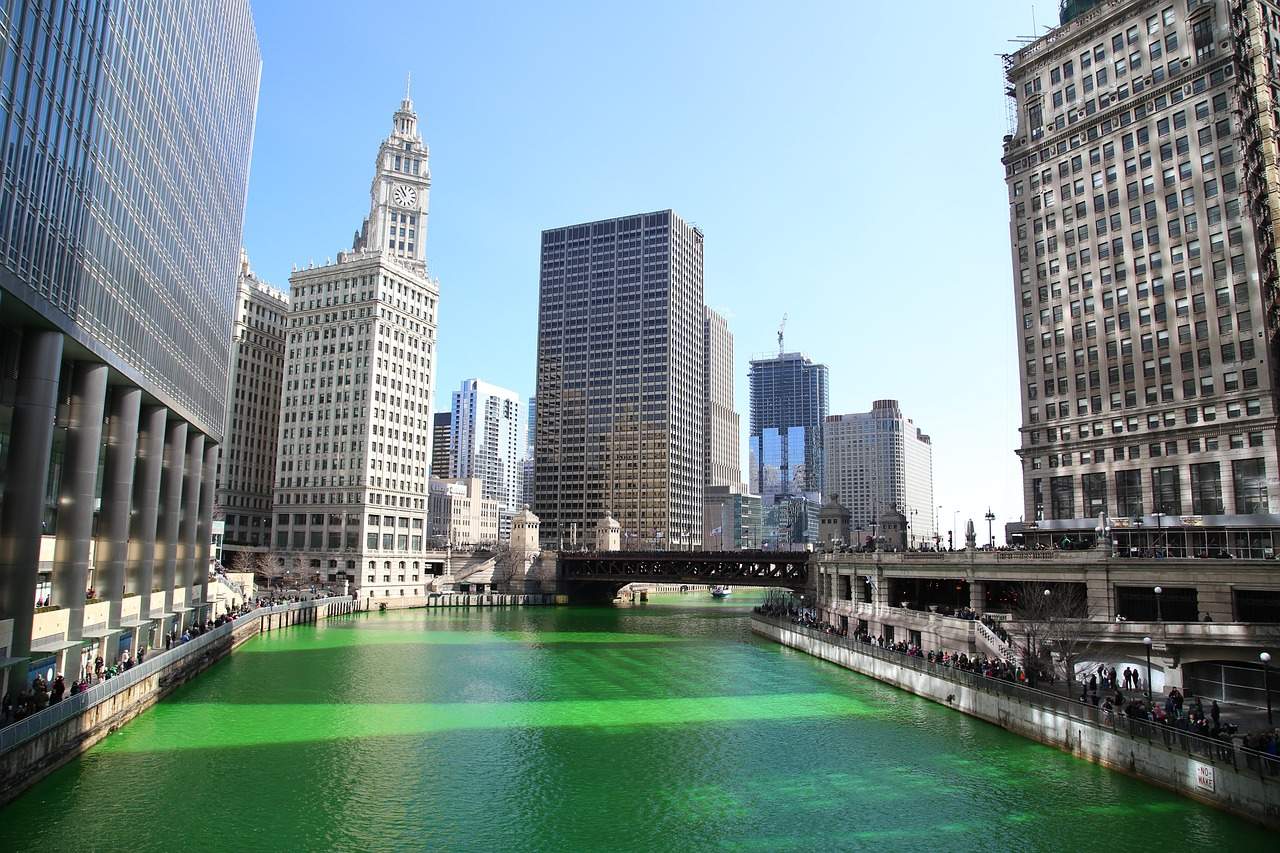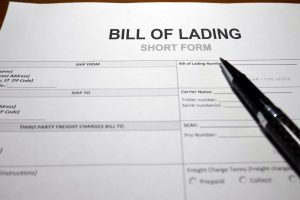Today we celebrate St. Patrick’s Day! The holiday, which is celebrated annually on March 17th, is a holiday most commonly associated with Irish culture, featuring symbols like leprechauns, the color green, and the idea of luck. Traditionally, people enjoy a meal of corned beef, cabbage, potatoes, and carrots. Here in Chicago, we celebrate by dying the Chicago River green to honor the Irish holiday. While these customs are widely recognized, the history of the holiday, its origins, and its symbols are less well known. To properly celebrate Saint Patrick’s Day, it is helpful to understand its background.
Who was Saint Patrick?
Saint Patrick, the patron saint of Ireland, lived during the fifth century. He was born in Roman Britain and, at the age of 16, was kidnapped and taken to Ireland as a slave. After several years, Patrick escaped captivity and returned to his homeland. However, he eventually felt a calling to return to Ireland, this time as a missionary to spread Christianity. Over time, he became a central figure in Irish culture and religion. One of his most famous contributions to Christianity was explaining the Holy Trinity—Father, Son, and Holy Spirit—by using the native Irish three-leafed clover, or shamrock, as a visual aid.
By the 9th and 10th centuries, the Irish began celebrating Saint Patrick on March 17th, the anniversary of his death. The feast day grew in popularity throughout Ireland and beyond. By the 1600s, the holiday had spread to other parts of Europe, as Saint Patrick’s legacy gained recognition.
How did the United States start celebrating St. Patrick’s Day?
In the United States, Saint Patrick’s Day was first celebrated in 1762. This was when Irish soldiers in New York City held a parade. This marked the beginning of public celebrations in the U.S. Other cities with large Irish populations, such as Boston and our very own Chicago, soon followed suit. They hosted their own Saint Patrick’s Day festivities. Early American celebrations of the holiday were primarily organized by middle-class, Protestant Irish immigrants. However, the mass immigration of Irish Catholics following the Great Potato Famine in the mid-19th century brought new challenges. Many Irish immigrants faced significant prejudice, and they began to embrace Saint Patrick’s Day as a way to celebrate and affirm their Irish heritage.
The significance of Saint Patrick’s Day grew over the years, and by 1948, the holiday became even more ingrained in American culture when President Harry S. Truman attended a Saint Patrick’s Day parade in Washington, D.C. This gesture helped solidify the holiday’s place in the broader American calendar.
Where do the leprechauns come from?
One of the most popular symbols of Saint Patrick’s Day is the leprechaun, a mythical creature from Irish folklore. Leprechauns are often depicted as mischievous, tiny, and magical beings. Their inclusion in Saint Patrick’s Day celebrations is a more modern addition, woven into the holiday as it spread across different cultures. The leprechaun became a fun, whimsical symbol of Irish heritage, especially as the holiday became more commercialized in the 19th and 20th centuries.




